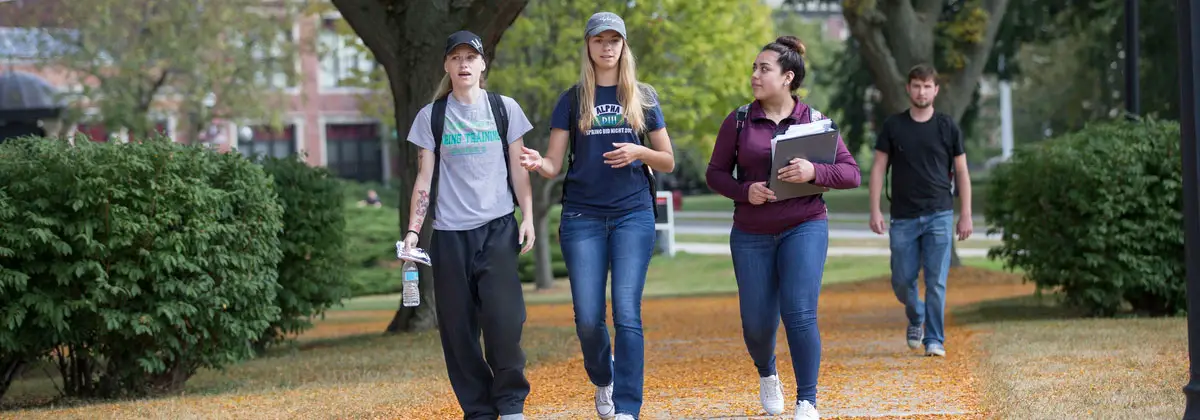The Institute for College Access & Success (TICAS) has released a framework that calls for a better state and federal government participation in making colleges more affordable and debt-free.
The comprehensive framework released by the non-profit supports college affordability for underrepresented students of color and low-income students through a joint investment by the federal government and states.
Compiled by Jessica Thompson, director of policy and planning at TICAS, along with Michele Streeter, a policy analyst, the framework pushed for greater investment in public colleges, including in instruction and support services for students.
It also called for bridging the equity gaps in college access, affordability, and completion by addressing state funding patterns.
“While every public college student has felt the impact of state budget cuts, the data show that low-income students and underrepresented students of color continue to bear a disproportionate burden from increased attendance costs and inequitable funding patterns,” said Thompson.
“Greater investment in college affordability and quality can help close these gaps in college opportunity.”
Earlier this year, Alaska Governor Mike Dunleavy vetoed $130 million in the University of Alaska‘s operating budget igniting debate over the effect of such moves on the overall financial health of the colleges and students. Later both the parties signed a multi-year compact agreement that would cut $70 million in state funding instead of the one-time $135 million slash.
The framework warns against making any cuts similar to the ones made during the Great Recession.
“Our students cannot afford another round of state budget cuts like those made during the Great Recession,” said TICAS President James Kvaal.
“We need to help states to sustain their investments in public colleges in good times and bad to break the cycle of state budget cuts and ever-higher student debt,” he added.
Trump Plans to Ease Funding Restrictions for Faith-Based HBCUs



